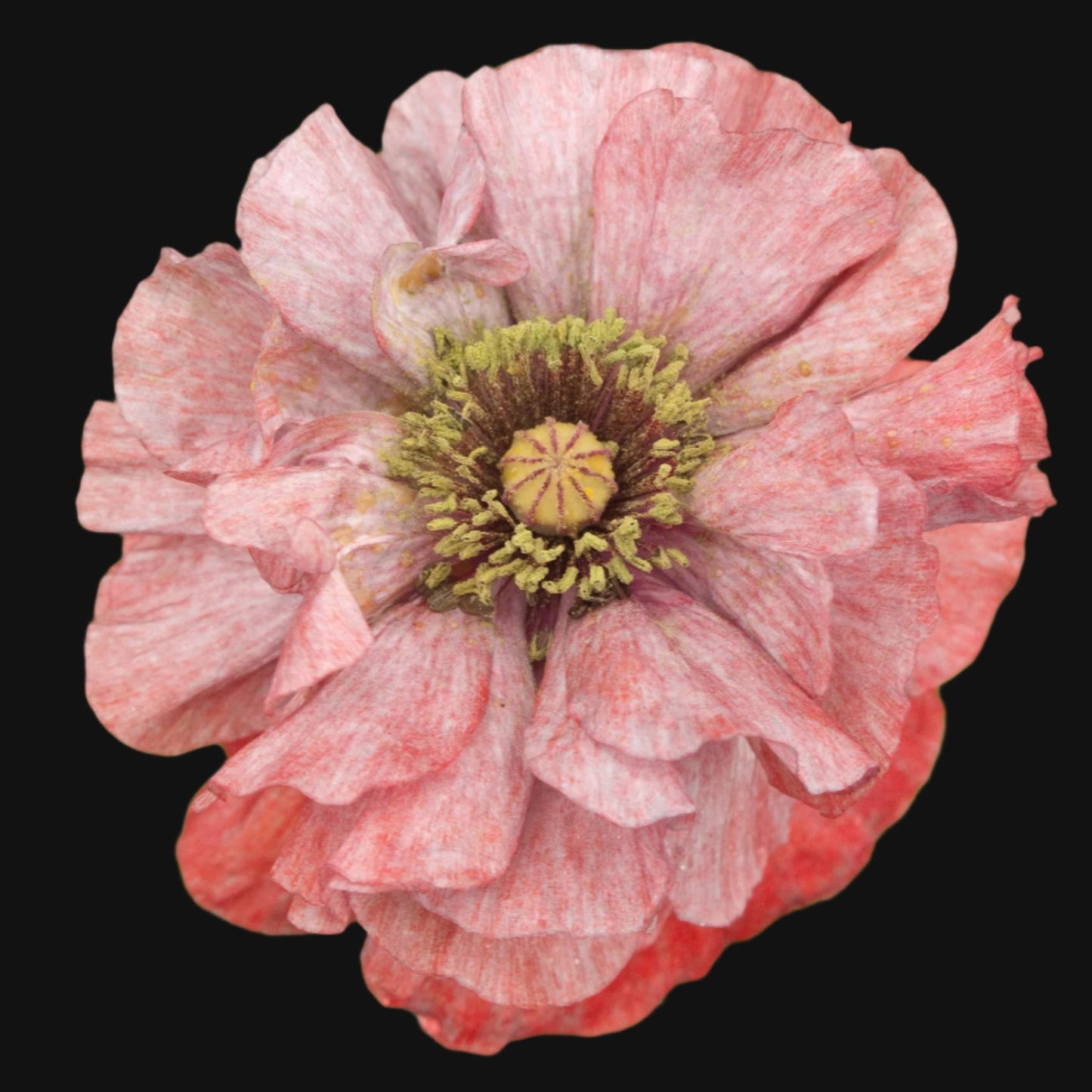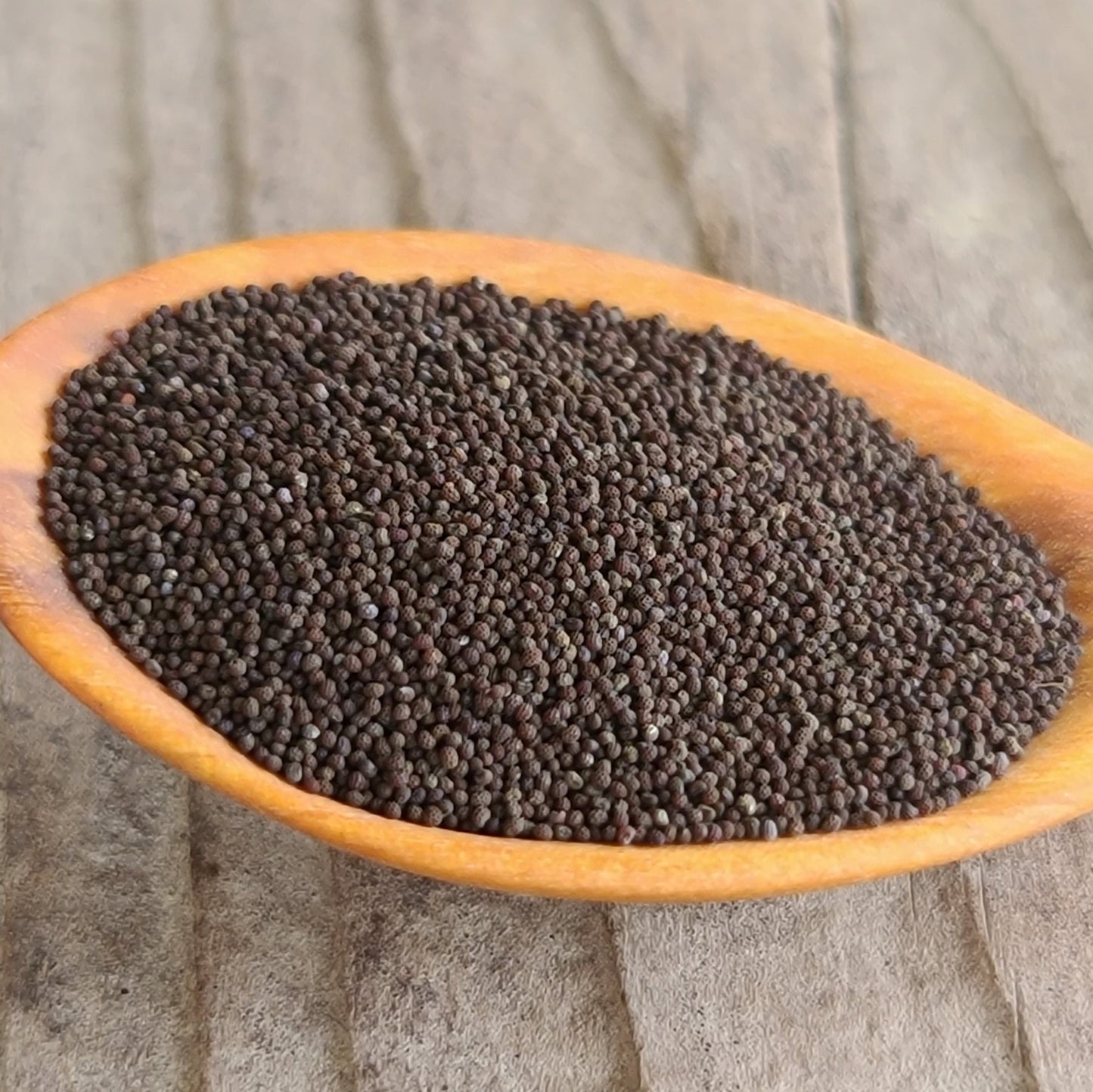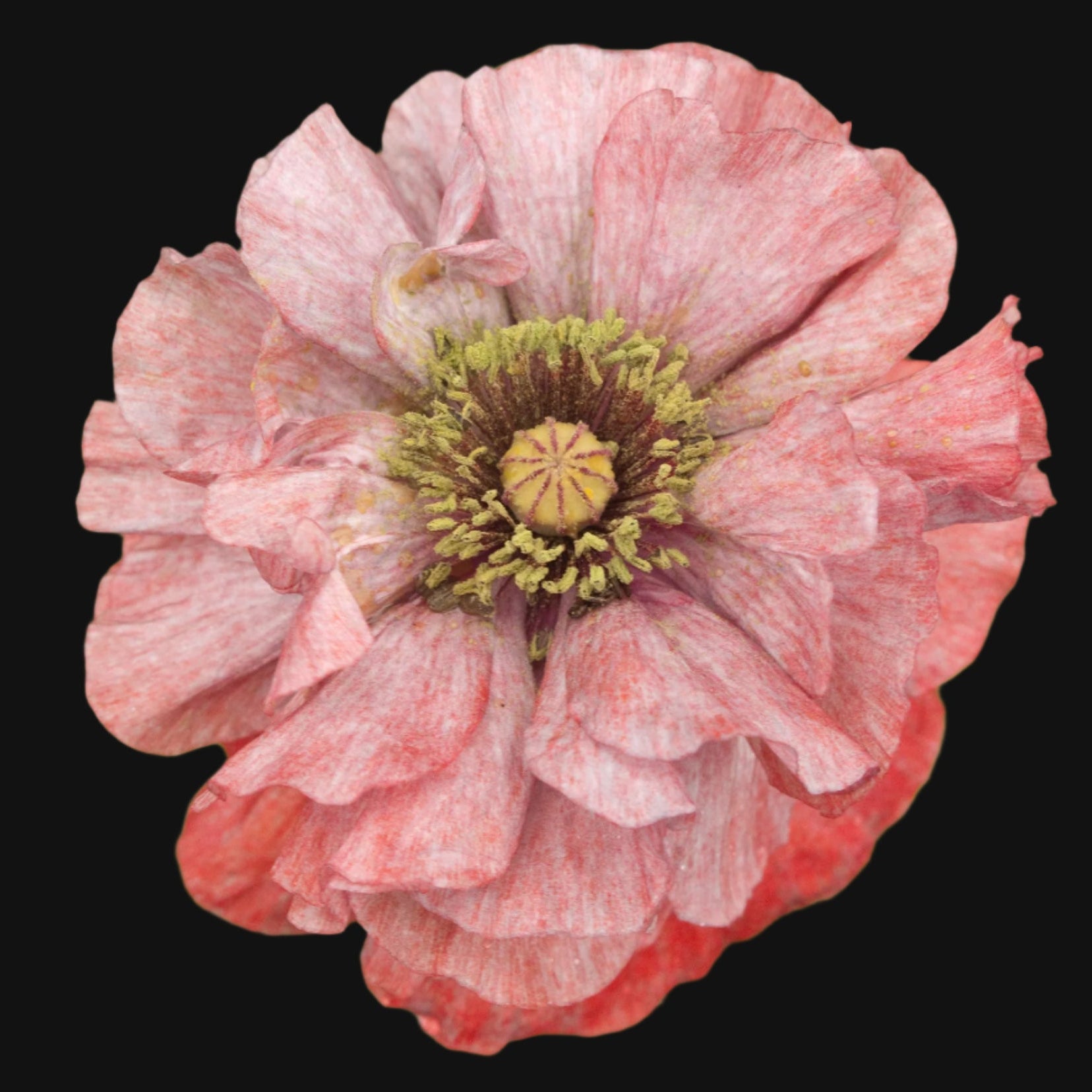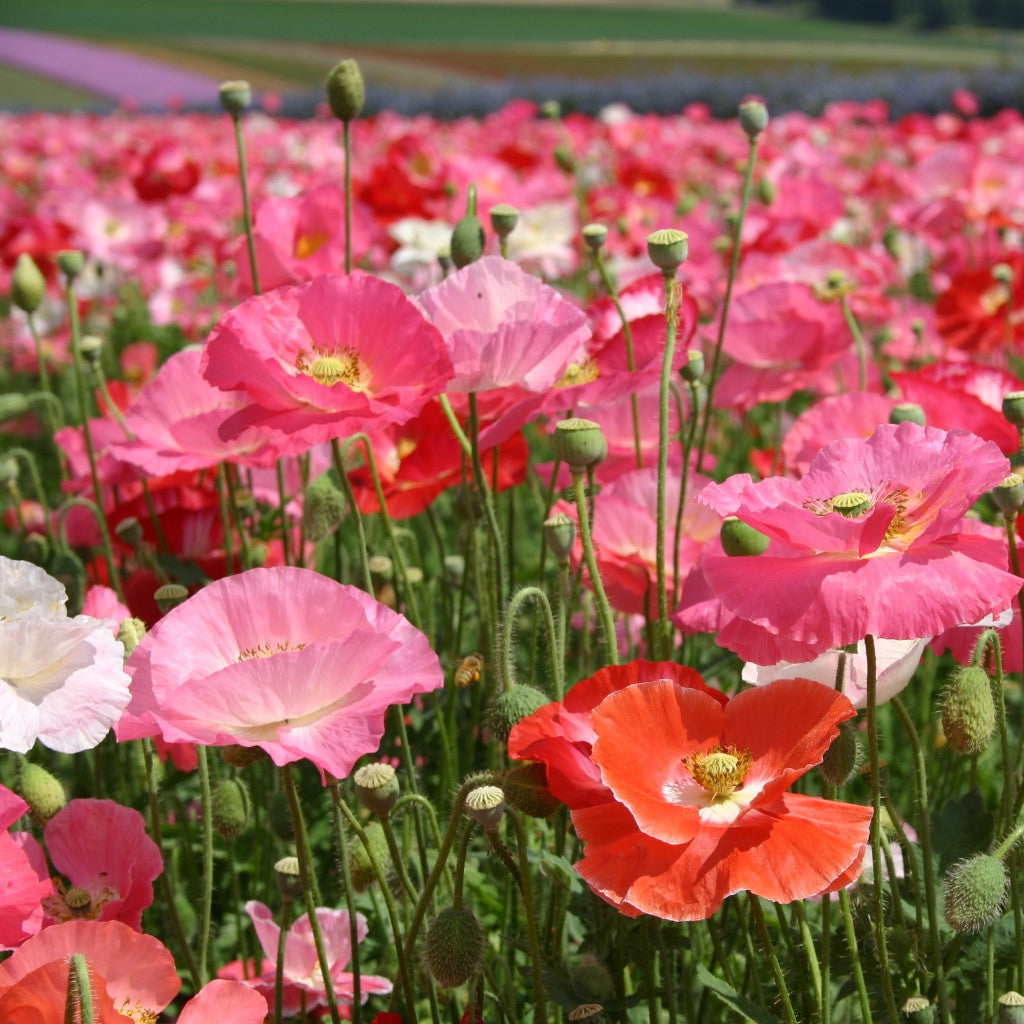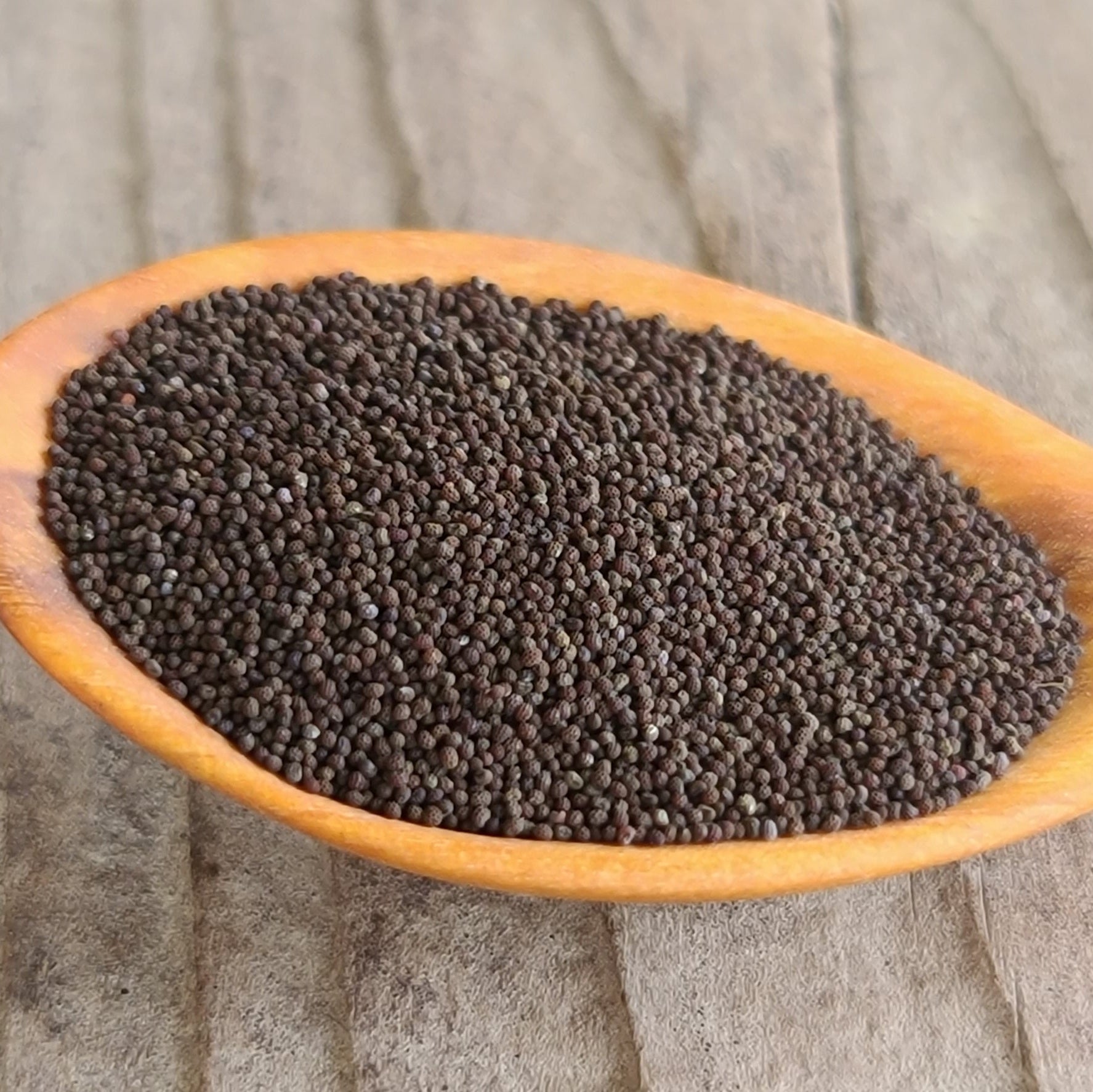Seed the Change!
Seeds of Diversity Canada estimates that nearly 75% of vegetable varieties have disappeared. 25% of native plants are at risk and diversity in flower gardens is shrinking.
We are working to restore the biodiversity that was once common in gardens, farms, and nature around Canada!
Shirley Poppy
Shirley Poppy
Papaver rhoeas
1026 in stock
Height 0.6–1m (2–3ft) Spread 0.2–0.4m (8–16in)
- Weight: 1g / 0.04oz
- Product Count: 960
- Growing Difficulty: Easy
- We ship Wednesdays !
Couldn't load pickup availability
All our seeds are 100% Canadian Grown, Processed-by-Hand, Non-GMO, Certified Organic, and Open Pollinated. From our 10-acre Seed Farm in Metchosin, BC since 2004.
Quick Notes
- Early-blooming summer annual
- Paper-thin flowers in a range of soft colours
- Self-seeds readily and transplants well when young
- Blooms continuously until frost
- Grows up to 1 metre tall
About Shirley Poppy
Shirley Poppy is a classic cottage garden flower, known for its delicate, paper-like blooms that appear early and continue throughout the summer. A romantic favourite, these flowers come in a stunning range of pastel shades, including white, pink, red, and mauve, often with subtle veining or contrasting edges. Ideal for pollinator gardens and ornamental beds, they sway beautifully in the breeze and are easy to grow. Young plants transplant well, and once established, they’ll self-seed year after year, creating natural drifts of colour in your garden.
Where Can You Grow Shirley Poppy?
Best suited to Zones 3–9, Shirley Poppies prefer full sun and light, well-drained soil. While drought-tolerant once established, they benefit from regular watering during long dry periods. Suitable for borders, wildflower mixes, cottage gardens and cut flower beds.
History and Historical Uses
First developed in the 1880s from wild European field poppies, Shirley Poppies were selected for their wide range of pastel colours and lack of dark centres. They quickly became a popular ornamental in Victorian gardens and continue to be treasured today for their soft charm and long blooming period.
Canadian Zone Information
Zones 8-9: Direct sow in autumn or early spring for early blooms.
Zones 5-7: Sow directly in early spring after the last frost.
Zones 3-4: Direct sow in spring or start indoors and transplant carefully when young.

How to Grow and Harvest Shirley Poppy
Planting: Sow seeds directly on the surface of prepared soil; press in lightly but do not cover.
Watering: Keep moist during germination; water sparingly once established.
Harvesting: Blooms can be cut when half-open for arrangements; dried seed pods are great for crafts.
Maintenance: Deadhead spent flowers to prolong blooming or allow to self-seed for naturalising.
Seed Saving Tips for Future Supply
Allow to Seed: Let some flowers form seed pods and dry on the plant.
Harvest: Cut dry pods and shake out seeds.
Dry and Store: Let seeds dry completely before storing.
Store: Keep in a cool, dark, dry place; viable for 3–4 years.
Certified Organic By
Islands Organics Producers Association (Cert#1962)
